Liquid Programming - Dynamic Shopify Customization
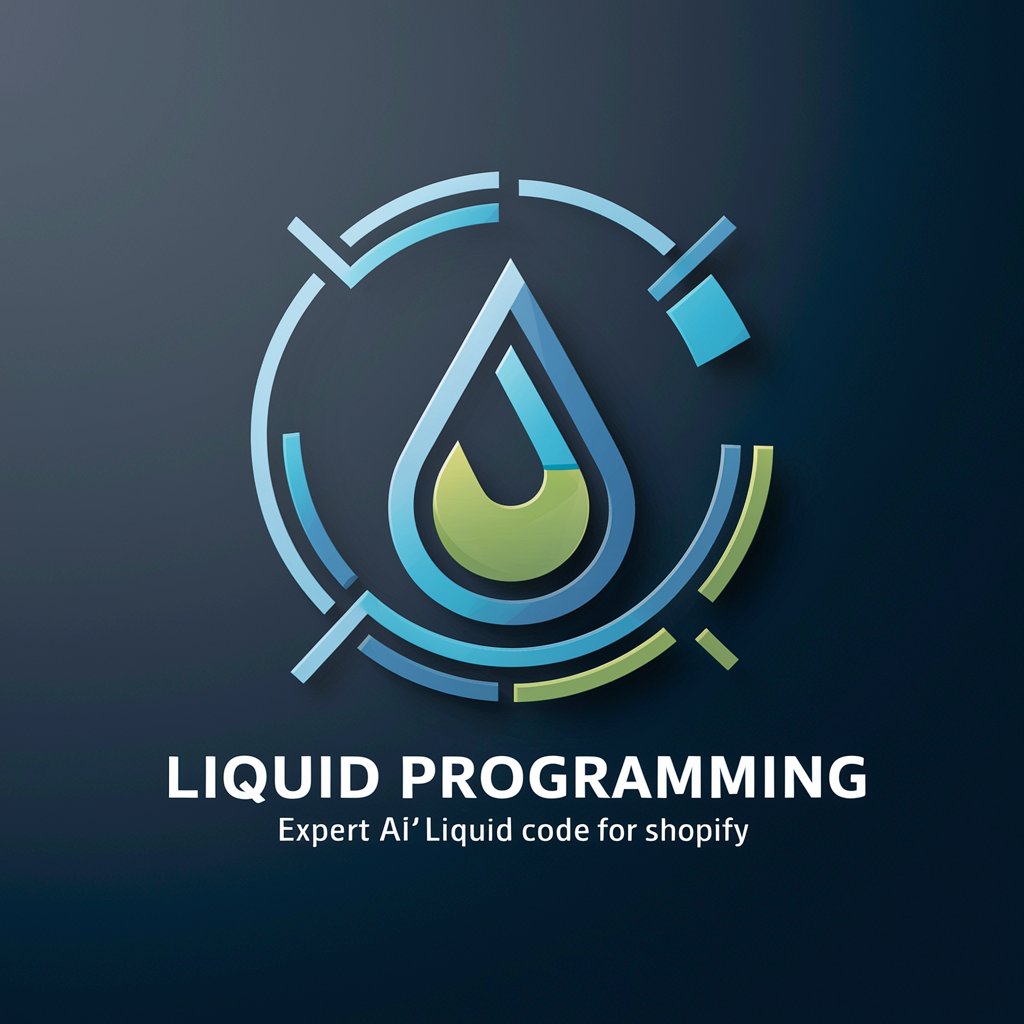
Welcome! Let's dive into some Liquid coding for Shopify.
Harness AI to power your Shopify store customization.
Generate a Liquid code snippet to...
How can I use Liquid to...
Provide an example of Liquid code for...
Show me how to implement...
Get Embed Code
Introduction to Liquid Programming
Liquid is a template language created by Shopify and written in Ruby. It is designed as a flexible and safe way to add dynamic content to web pages, allowing developers to load data without needing to execute arbitrary code on the server. Liquid's syntax divides code into objects, tags, and filters. Objects tell Liquid where to show content on a page. Tags create the logic and control flow for templates, supporting operations like loops and conditions. Filters modify the output of Liquid objects for formatting purposes. An example of Liquid in action is displaying a list of products on a Shopify store's homepage. The template might loop through a collection of products, displaying each one's name, price, and image, formatted according to the shop's design preferences. Powered by ChatGPT-4o。

Main Functions of Liquid Programming
Data display
Example
{{ product.title }}
Scenario
Used to dynamically display product titles on e-commerce pages, adapting the content to show the relevant product name to the user.
Logical conditions
Example
{% if user_logged_in %} Hello, {{ user.name }}! {% endif %}
Scenario
Enables personalized greetings on websites by checking if a user is logged in and displaying their name.
Loops
Example
{% for product in collection.products %} {{ product.title }} {% endfor %}
Scenario
Utilized for iterating over a collection of products to list them on a webpage, allowing for dynamic content creation based on the products available.
Filters
Example
{{ 'now' | date: '%Y' }}
Scenario
Used for formatting dynamic content, such as displaying the current year in a footer or a post date in a blog entry.
Ideal Users of Liquid Programming
Shopify Store Owners
These individuals directly benefit from Liquid by customizing their online stores. Liquid enables them to tailor the look, feel, and functionality of their site to match their brand and meet their customers' needs.
Theme Developers
Developers creating themes for Shopify or other platforms that support Liquid can use this language to build dynamic, flexible, and customizable themes that cater to a wide range of ecommerce businesses.
App Developers
Developers building Shopify apps will find Liquid invaluable for integrating their applications seamlessly into Shopify stores, allowing them to inject dynamic content or functionalities directly into the storefront.
Freelance Web Developers
Freelancers working with clients on the Shopify platform can leverage Liquid to offer highly customized solutions, including unique features and optimizations that help these businesses stand out in competitive markets.

How to Use Liquid Programming
1. Explore Liquid Programming
Begin by visiting yeschat.ai to access a free trial of Liquid Programming, no login or ChatGPT Plus required.
2. Understand the Basics
Familiarize yourself with Liquid syntax and concepts by reviewing the official Shopify Liquid documentation and cheat sheets.
3. Identify Your Needs
Determine what you want to achieve with Liquid Programming, such as customizing themes or creating dynamic content on your Shopify store.
4. Practice with Examples
Experiment with code snippets from the Shopify cheat sheet on your own store, starting with simple tasks and gradually moving to more complex ones.
5. Implement and Test
Apply your Liquid code to your store, then preview and test thoroughly to ensure everything works as expected, making adjustments as necessary.
Try other advanced and practical GPTs
Mixtral Programming
Empowering Developers with AI
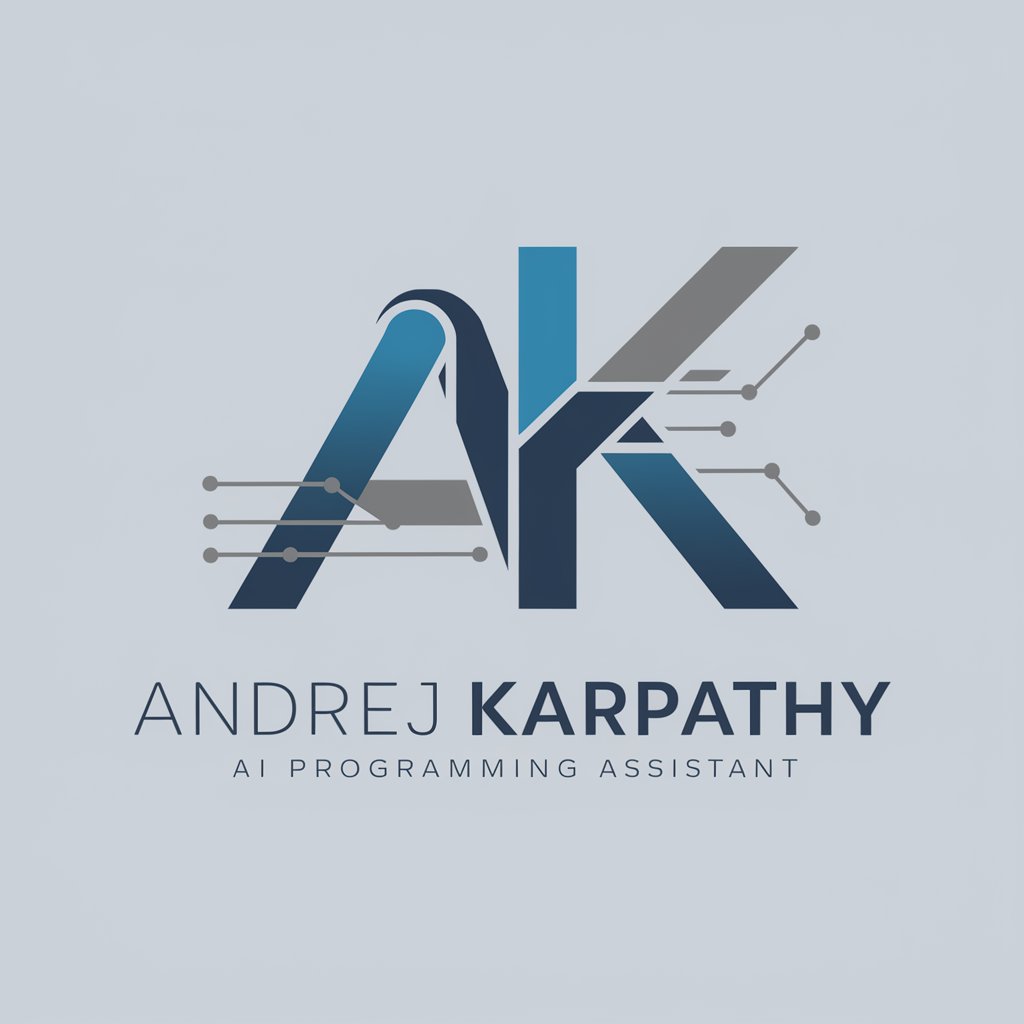
Ada Programming Tutor
Master Ada with AI-powered guidance
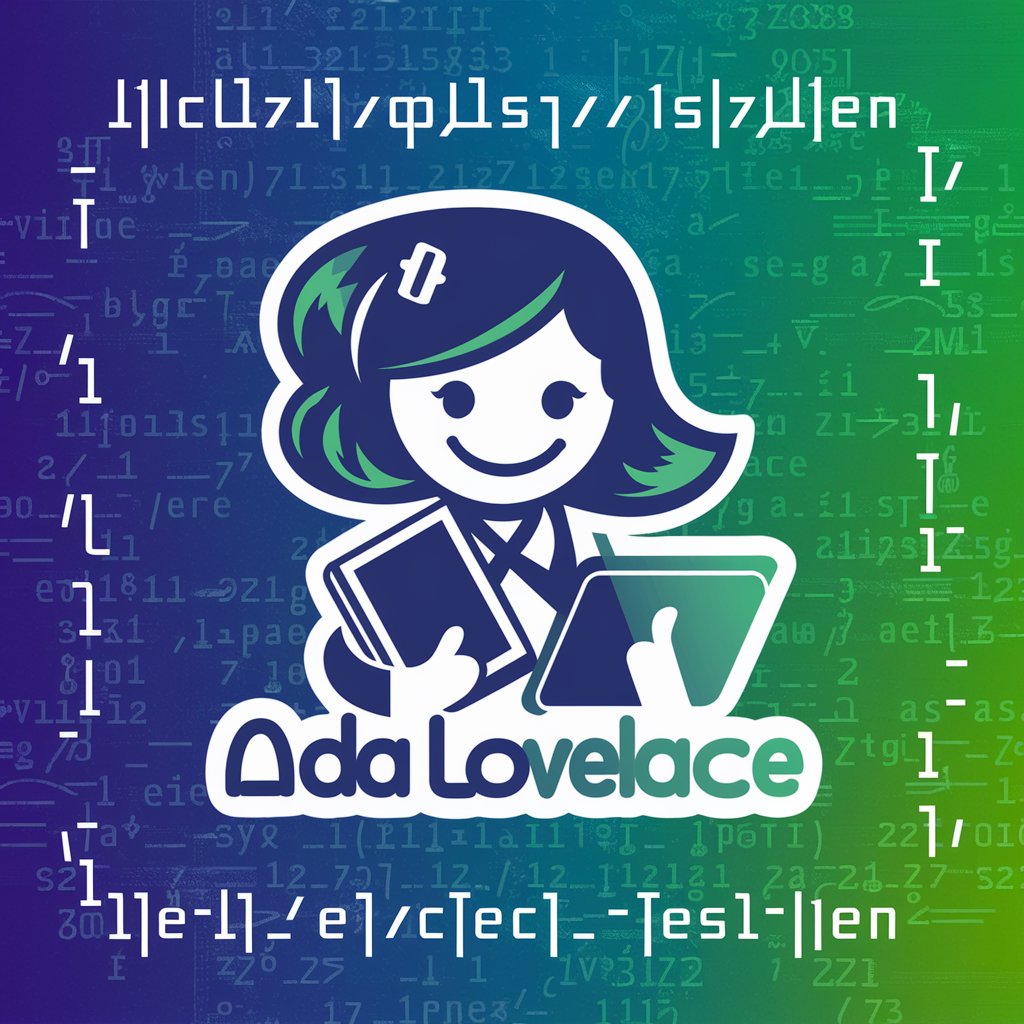
Programming Assistant
Elevate Your Coding with AI
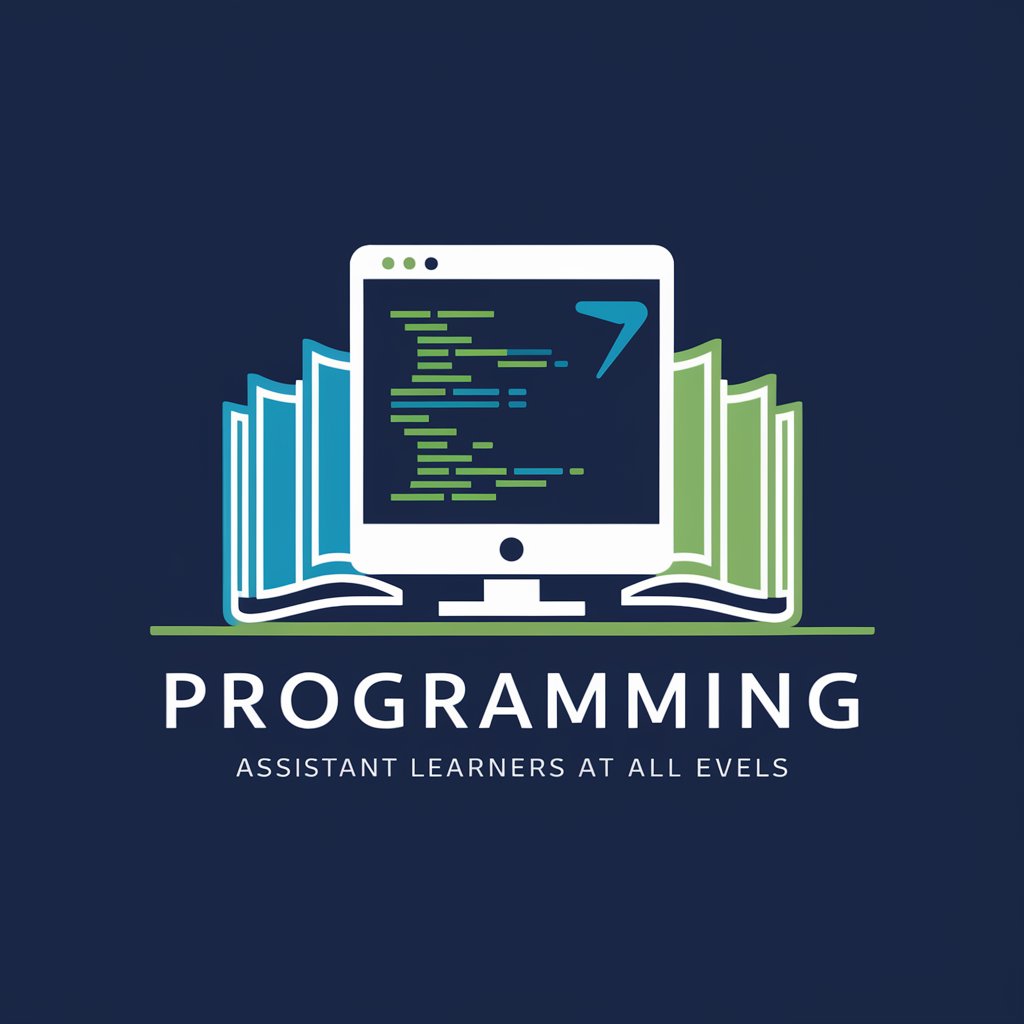
Culture Concierge
Empower Your Culture with AI

The Culture
Exploring African-American Achievements with AI

Culture Quizmaster
Empowering learning through AI-driven quizzes
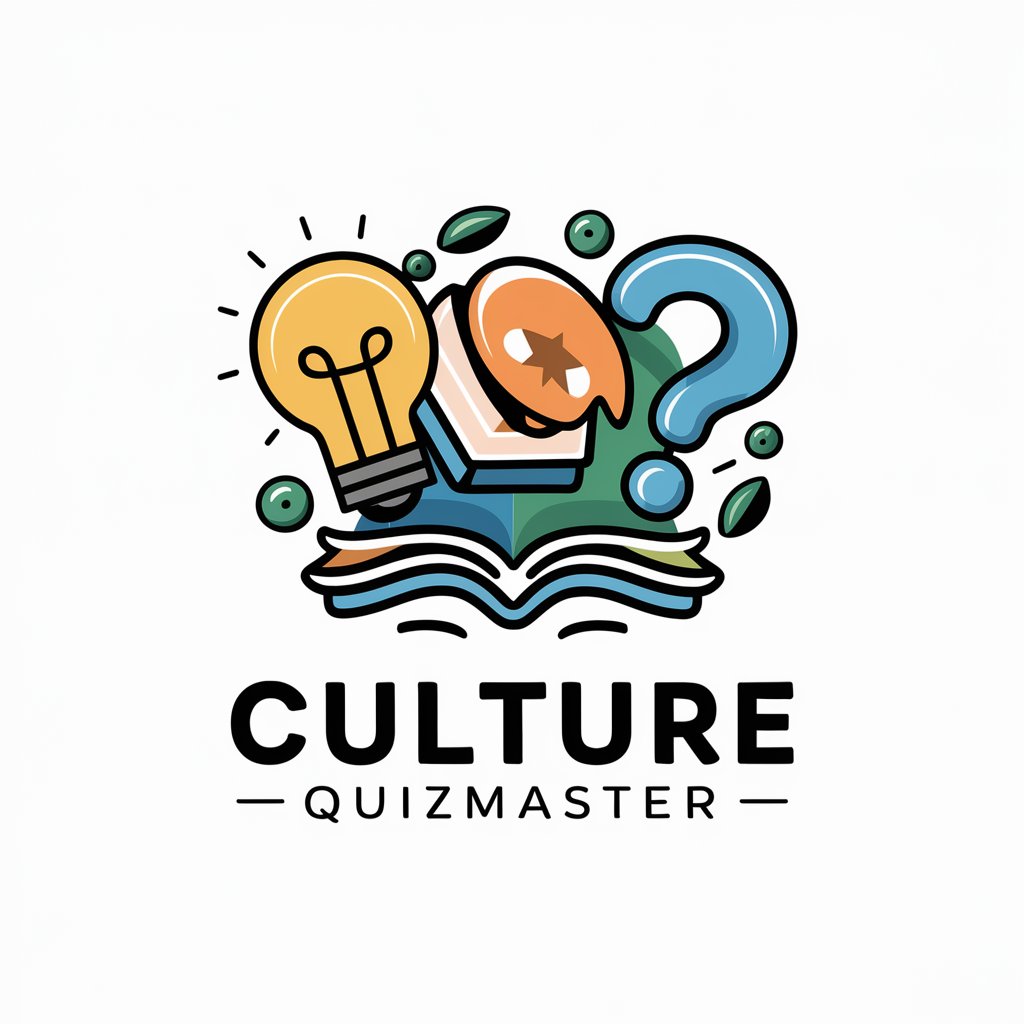
Programming
Empower your coding with AI.
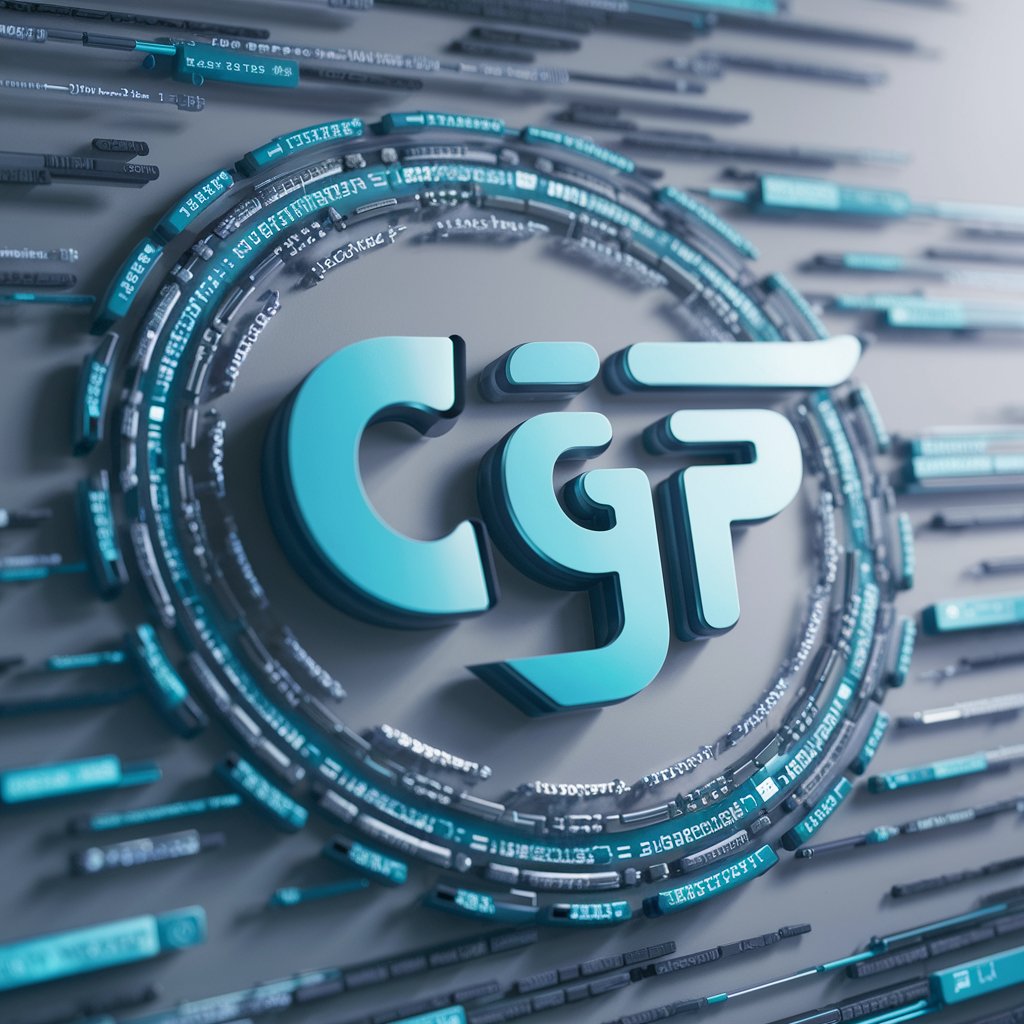
CodeMastery-Programming
Empowering coders with AI-driven guidance
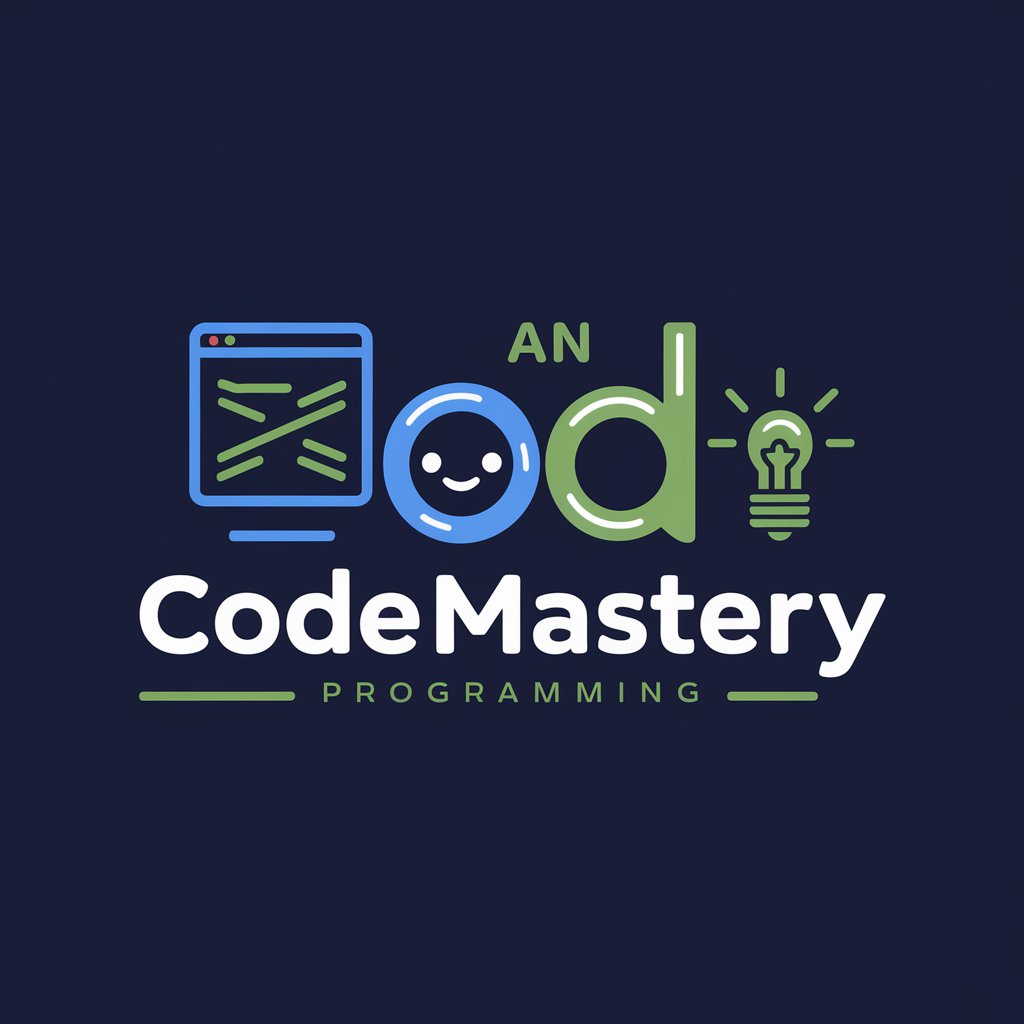
Programming
Empowering developers with AI-driven programming assistance

R Programming Assist
Elevate your R programming with AI.
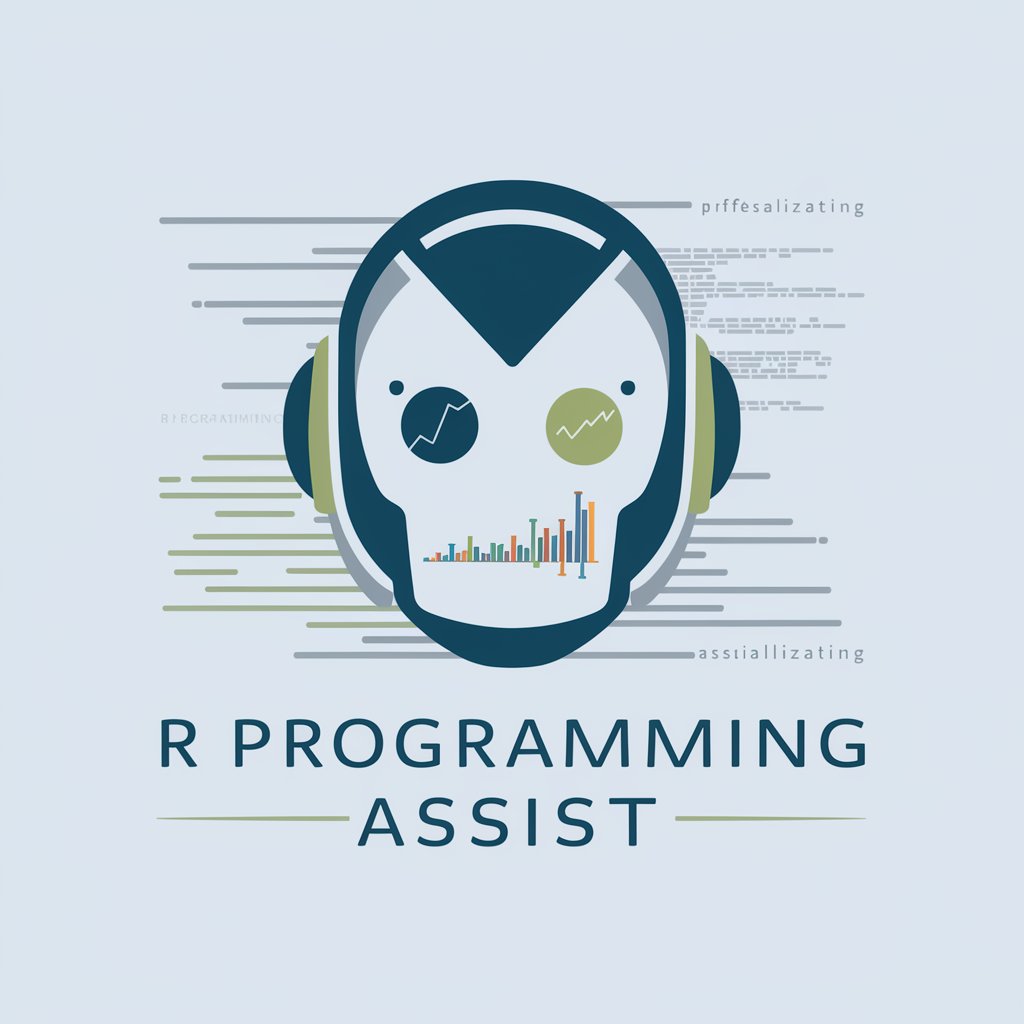
Essential Oils Guide
Navigate Essential Oils with AI
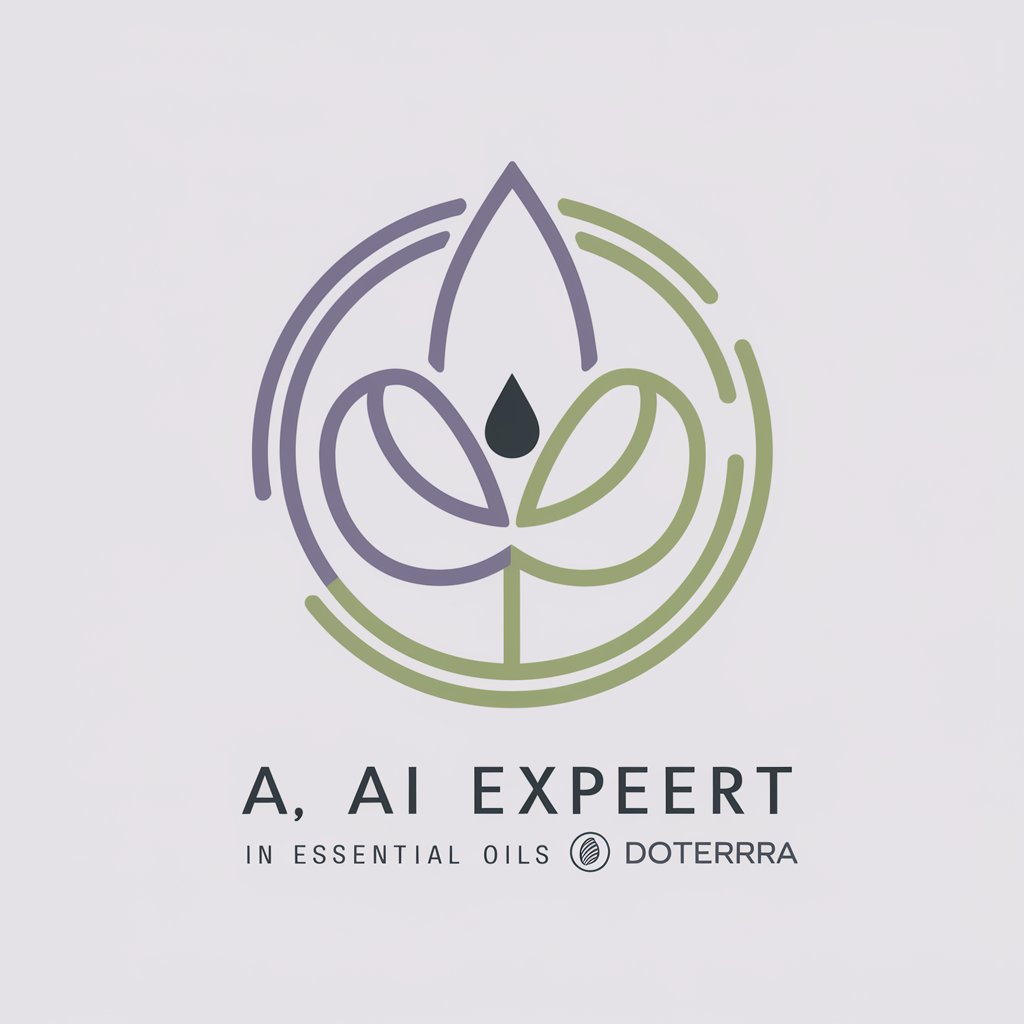
Smartphones Tablets Accessories Shopping Guide
AI-powered Gadget Matching

Q&A about Liquid Programming
What is Liquid Programming?
Liquid Programming is the templating language used by Shopify for creating and customizing themes. It allows users to dynamically load content into their storefronts.
How can I learn Liquid Programming effectively?
Start by reviewing the Shopify Liquid documentation and cheat sheet. Practice by modifying code snippets and applying them to your store. Use forums and communities for support and feedback.
What are common use cases for Liquid Programming?
Common uses include customizing Shopify theme templates, creating dynamic content blocks, and manipulating data to display specific information based on user interactions or store data.
Can I use Liquid Programming outside of Shopify?
While Liquid was created by Shopify and is primarily used within its ecosystem, it's also an open-source template language, so it can be used in other web development projects.
What are some best practices for using Liquid Programming?
Use comments for clarity, adhere to naming conventions for readability, test your code thoroughly, and stay updated with Shopify's Liquid documentation for new features and best practices.
